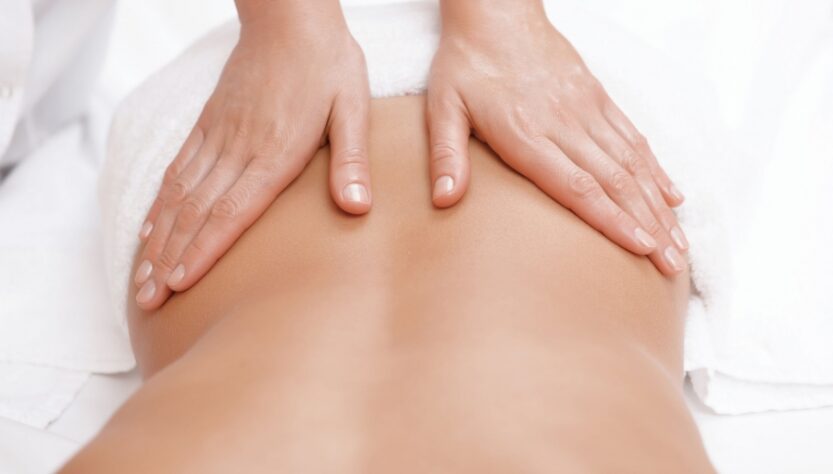Horses are companion animals, workers and athletes. As such, they suffer from many of the same soft tissue damage afflicting humans. When disaster strikes, people call the Veterinarian. In some instances, in addition to conventional treatment, a vet may recommend therapeutic 건마 massage.
Veterinary Massage is a form of physical therapy and massage. In application to horse, it may be called Equine Massage. It is a relatively new field of massage therapy. There are now various types and schools. You can visit such sites on Equitouch, Tellington Touch, Equinergy, In Hand Equine Massage and Total Equine Massage.
There are now schools that only teach Equine Massage. There is also the Equine Sports Massage Association.
There are various approaches to Equine Massage Therapy. Many base themselves on various techniques derived from Classic or Swedish Massage Therapy. Some combine the 5-basic techniques of Swedish Massage Therapy with other New Age or modern innovations. As a result, Equine Massage Therapy is a hybrid.
The most basic type of Equine Massage Therapy is Equine Sports Massage. Sports Massage is a variation and expansion of Swedish Massage. It include the 5 techniques of Effleurage, Petrissage, Tapotement, Frictions and Vibration. The addition to Sports Massage is Stretching and Range of Motion, and 2 unique techniques. These are Rhythmic Compressions and Active Assistive Release.
Equine Sports Massage is for racehorses and other high performance equine. It is non-invasive. It uses massage as a technique and a tool to help with the overall performance and maintenance of the animal. The techniques include specific categories. You have pre-race and post-race massage. A massage practitioner also employs Equine Massage for treatment, training and maintenance practices. This is the same for Sports Massage for human athletes.
As with Human Sports Massage, Equine Sports Massage utilizes specific techniques for the different settings and times of massage. A practitioner massages the horse on a regular basis to maintain the health of the animal. At the same time, therapeutic massage acts as a diagnostic or warning system. It detects various changes in the muscles, tendons and skeletal structure. A massage can note possible problems and take preventative measures. It is the reason why many trainers arrange for a horse massage before and after a training exercise.

